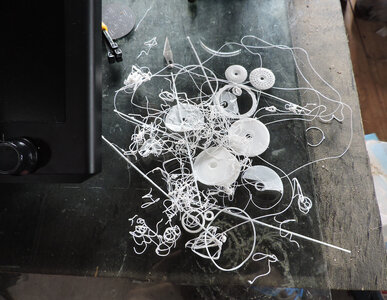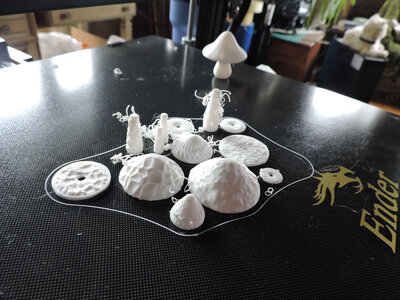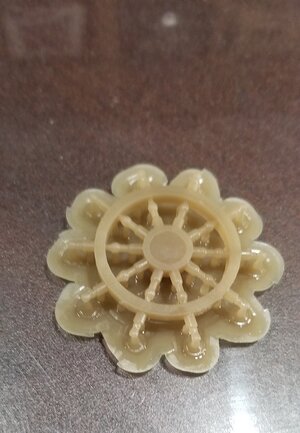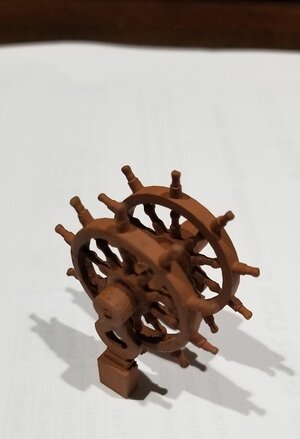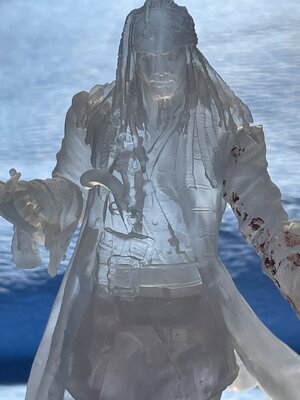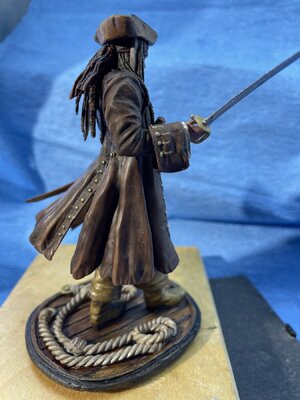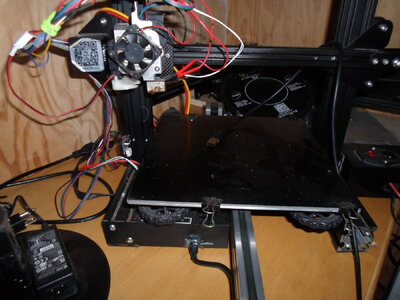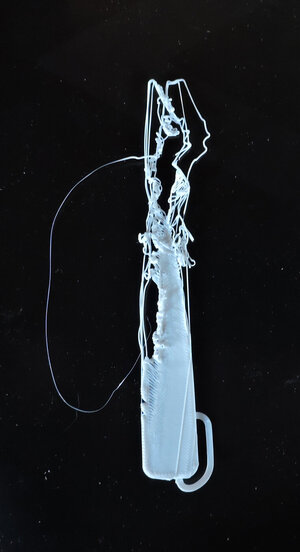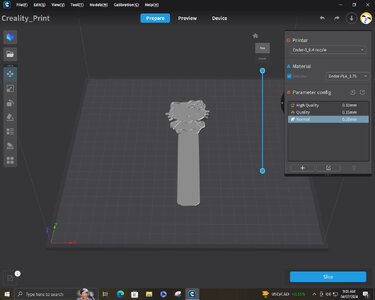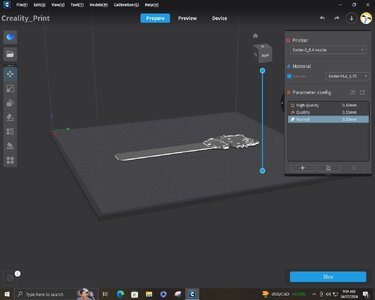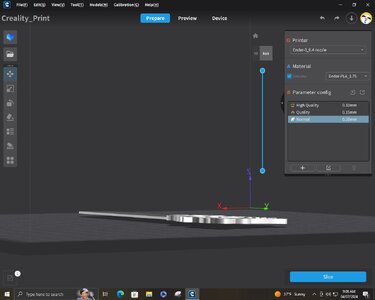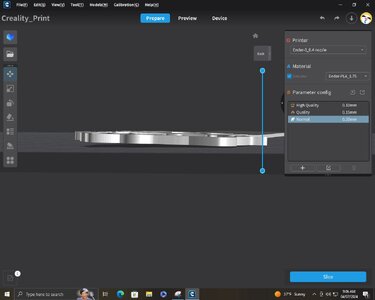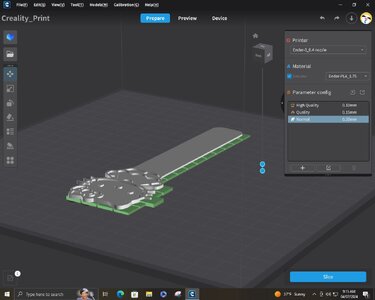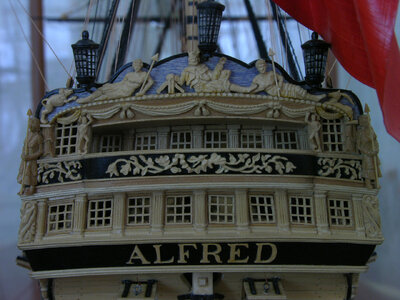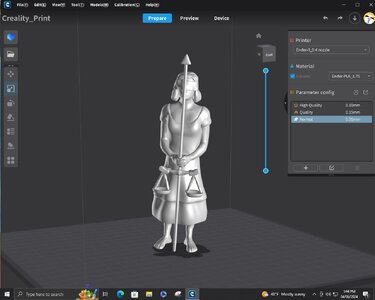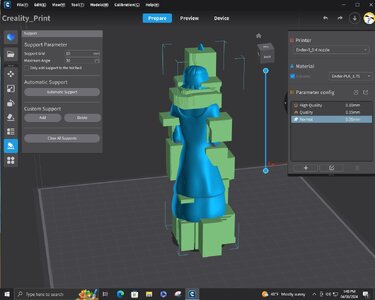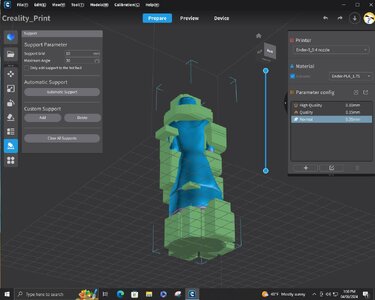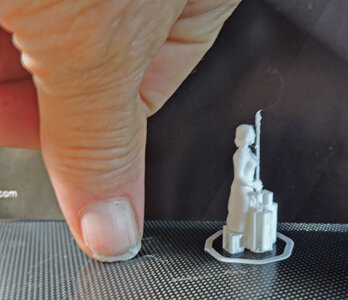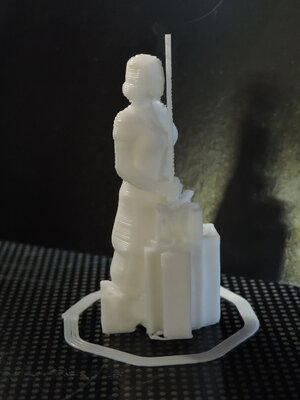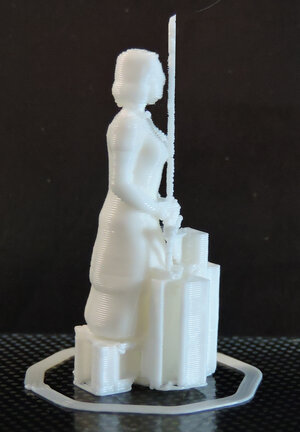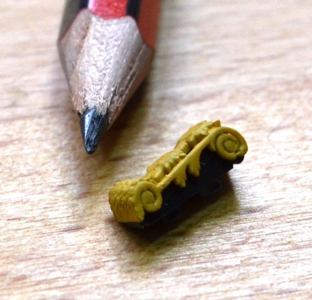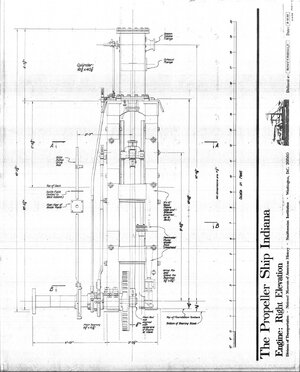I started 3D design and printing about 4 years ago and my experience may save you a little frustration and time.
For design, I began with TinkerCad but outgrew that within a few months. I tried every bit of free CAD out there and settled on Fusion 360 as I found that matched the way my brain works. The point I’d make is that for most of us, the CAD learning curve is long and involved, and once you’ve got the hang of this or that package, you probably won’t want to change to another.
Printing (filament): I used to get so fed up trying to find settings that would work. Cutting to the chase, I solved all my problems by getting a glass bed, always using 3DLAC, fitting auto-levelling and, most important of all, using a filament dryer. Wherever possible I plan ahead and turn on the dryer a few hours in advance, but always have it turned on during a print. I hardly ever have fails these days. I use default Cura settings, and only print using PETG. I also upgraded the motherboard and power supply of my Creality Ender 3 to silent versions and they certainly do make it very quiet. I keep this machine in my office as filament doesn’t like the cold, and often have it running quietly in the background.
Having written all that, I still find filament printing to be a sub-optimal solution for modelmaking. It’s fine for larger items that you can sand but not great for fine detail.
Printing (resin): much better than filament for detail but at fine scale there is a constant tension between size and strength. I don’t and wouldn’t have resin printers running in my ‘office’. I did for a while but changed all that when I got pneumonia. I don’t know if there was a direct connection but I’m a ‘look at the obvious’ kind of guy and the only thing that had changed in my life was introducing resin printers into the office, because it’s a warm room. I now have them (I have 2) in a heated cabinet in my garage. Set up for resin printing is generally very simple and I mostly use the free version of Chitubox, but if the object is symmetric and needs loads of supports I use Lychee as this allows mirroring. But on the whole I find Chitubox is quicker and more than adequate.
I know everyone has their favourite resins, mine are Elegoo standard and ABS-like, which I blend 50:50 for most jobs. I find standard on its own is too brittle, and ABS-like too bendy. For especially delicate parts I use Syraya tech, either on its own or blended with about 20% elegoo standard. This seems to give a slightly stronger print. The downside is the support side is more lumpy. I’ve tried a few other resins, e.g. the Amazon own-brand Eono, AnyCubic, Sunlu, elegoo water-based: all have been okay-ish but not as good as normal elegoo, which also tends to be the cheapest. I haven’t tried any of the very expensive exotics. Maybe I will when I finally get to the point where my first print is right first time, whereas I still throw hundreds of pounds worth of prints in the bin right now. Tip one is to buy one or two spare resin vats and use the resin colours to denote the type of resin rather than as an end colour in itself. For me, grey will always be straight elegoo ABS-like, yellow is the 50:50 mix, pink is syraya etc. This makes it easier to know what’s in a vat on the shelf. Tip two is that when you have a fail, use the tank clean function to cure a few layers across the whole vat, and peel this out rather than try to pop the failed object. The reason for this method is that popping small parts concentrates the pressure in a small area of the FEP and a tiny hole here will see you wrecking a £100 screen rather than wasting 20p’s worth of resin.
As resin printing is a ‘wet’ process it’s inherently ‘dirtier’ than filament. For me it was especially dirty when I cleaned parts manually. The best thing I ever did was buy the large anycubic wash’n’cure and an extra tank. I have a ‘dirty’ tank which contains fairly used IPA and a ‘clean’ tank of, no surprises, clean IPA. I wash in dirty first, then rinse in clean.

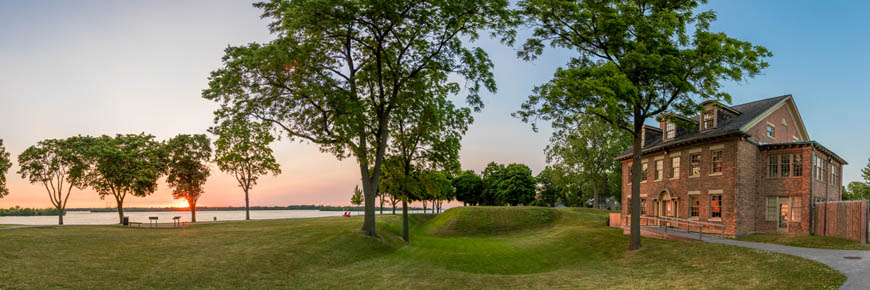
 parks.canada.ca
parks.canada.ca



